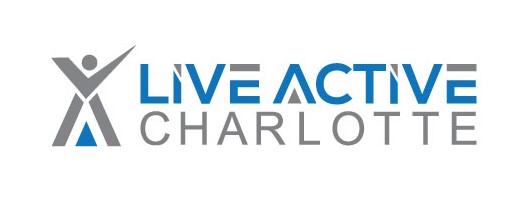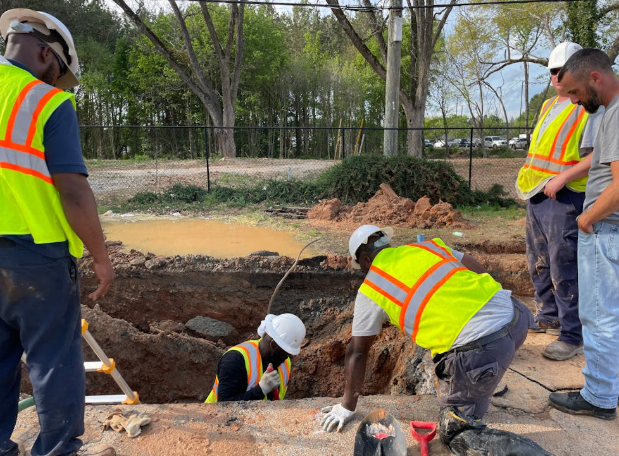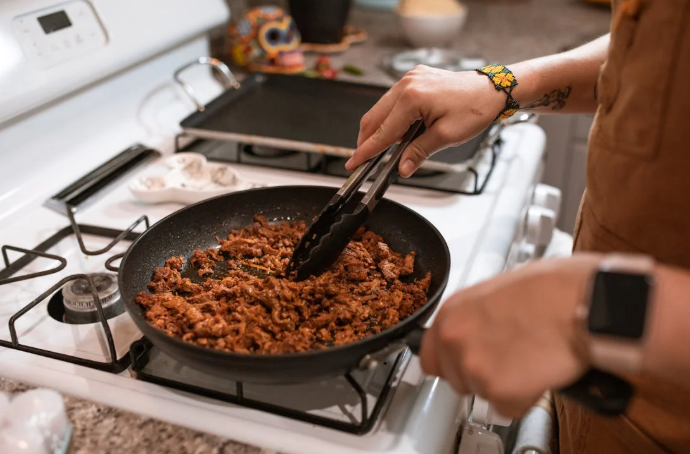Knee pain is a common complaint, and unfortunately most of the treatment options are very nearsighted. Many patients come to our office with chronic knee pain that have already tried the route of injections and pain medication, unsuccessfully. They are then told that they have arthritis, as if that’s some kind of final explanation to give a patient; just about giving them no hope to improve without the risks of surgery.
Arthritis, in any joint, is merely a symptom of faulty bio mechanics over time. If arthritis alone was the cause of pain, then ask yourself why every single 80 year old does not complain of pain in all of their joints? Or if you want to chalk your pain up to “old age”; then what about all of your other joints that don’t hurt; are those somehow younger than the painful one?
In most cases of knee pain, the pain is the symptom, while the cause is commonly associated with hip or ankle problems. If you only treat the site of pain, it’s very likely that the underlying cause of the pain is not being treated, and over time the damage to the knee will worsen.
Avoiding treating the pain in hopes that it’ll just “get better on its own” is a poor self treatment option. Doing so will likely result in future hip and low back pain as you attempt to compensate to put less stress on the painful knee.
Two common findings in patients with knee pain are the lack of range of motion in the ankle and hip. When a joint above or below the painful joint is not moving well; it’s normal for the otherwise healthy joint to compensate (by making up for the poor mobility of the associated joint). This compensation will result in increased stress and trauma to the joint resulting in pain. If the range of motion of the ankle and/or hip aren’t properly assessed, you are missing a big part of a possible solution to your knee pain.
Another common finding in patients with knee pain is poorly functioning musculature of the hips and core. Often, perhaps due to the many people with sedentary jobs in the U.S., some of the muscles that make up the core, and the buttocks do not function properly.
When this occurs, other muscles respond by working harder, or tightening in order to achieve a task. These overworked (compensating) muscles can be the cause of knee pain. Only stretching those overworked or tight muscles may result in some short term, temporary relief. By not addressing the cause (the poorly functioning muscles) the body will respond with tightness or stiffness in attempt to protect its joints, resulting in the pain.
As you can see, the knee joint, while simple in structure; can be complicated when it comes to proper and long term treatment options. More times than not, the sight of your pain, is not where the cause of your pain is, and proper rehabilitation of your knee should include addressing the core, hip and ankle joint.
Long story short, keep moving! You’ll be amazed how much that helps.

Dr. Brian Strump is a chiropractor and owner of Live Active Charlotte, a CrossFit/functional fitness gym located in the Steele Creek area of Charlotte.
If you’re interested in making a change in your health or simply have questions, you can learn more about Brian and his staff by visiting: liveactiveclt.com











